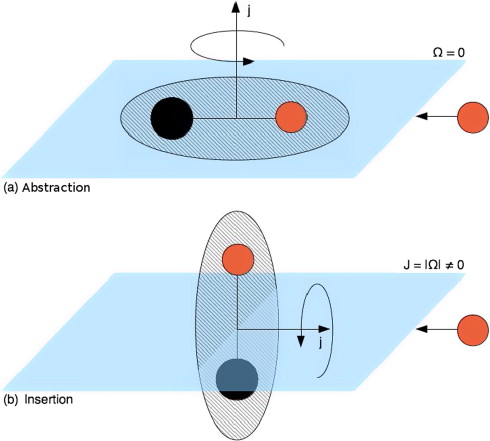Chemical destruction of rotationally “hot” HeH+: Quantum cross sections and mechanisms of its reaction with H

S. Bovino (Sapienza, Univesità di Roma), F.A. Gianturco (Sapienza, Univesità di Roma) and M. Tacconi (Cineca)
The present work focuses on the reaction of a molecule of astrophysical interest, the HeH+, with the most abundant species in the Universe: the H atom, and in situations where the partner ion is internally excited into some of its lower rotational states. This strongly exothermic reaction: , leads to the destruction of HeH+ and we study this outcome by using an accurate reactive potential energy surface (RPES) and by analysing the behaviour of the helicity within the Negative Imaginary Potential (NIP) approach. Different, possible molecular mechanisms connected with the role of rotationally “hot” HeH+ partners are thus suggested from the behaviour of cross sections for different helicity values and the effects on the overall destruction efficiency are also discussed, both for reaction temperatures in the range of Early Universe processes and for colder reaction conditions in ion traps (at mK temperatures).
Read the article on Chemical Physics Letters 2012, 554, 47-52.